Editorial photography gives professional photographers immense creative freedom. The advantage of this limitless freedom is that it allows them to explore any concept or story that they imagine.
Editorial photography helps the readers visualize the author’s story. The significance of this niche in visual storytelling is huge, as it is frequently used to express an emotion or opinion. It can also be used to influence the audience’s viewpoint of a particular topic.
Editorial images record stories of human interest, such as current events and real-life issues, in a truthful manner. Contrary to other photography niches, editorial photography isn’t shot in a posed or studio style. As evident from the image below, it’s shot in a documentary or photojournalistic style.
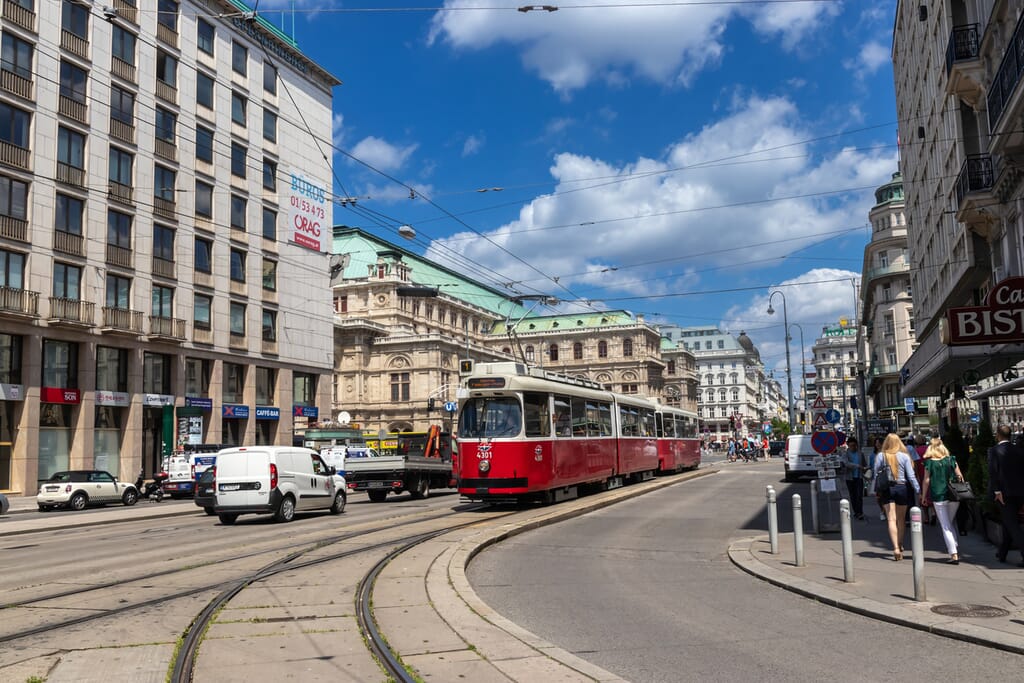
This in-depth blog post will explore the key elements, techniques, and tips for successful editorial photography.
What Is Editorial Photography?
A. The Purpose and Context of Editorial Photography
Editorial photography is unique because it aims to narrate a story or illustrate a concept. The primary motives are to express and engage. Unlike other photography niches, selling isn’t the priority.
Editorial photography is image-heavy because only a photograph can paint the whole story. It’s impossible to have a story without a photograph. Therefore, a photograph is the heart and soul of a story because it presents the evidence that the story actually happened.
You’ll find editorial photography in newspapers, magazines, journalism, and editorial features. This niche is totally different from commercial photography as it depends heavily on a story rather than on a brand.
Editorial photographers usually work with art directors and designers to create compelling images that fit with the publication’s aesthetic and enhance it. Hence, they must have a perfect understanding of the publication’s style and audience to effectively convey the desired message.
B. The Distinction between Editorial Photography and Commercial or Portrait Photography
The chief difference between editorial photography and commercial or portrait photography is the primary purpose of their use.
Editorial photography is primarily used to communicate stories in newspapers or magazines. But commercial photography is used for advertising a brand or product.
The use of models also differs. In editorial photography, the use of models is mostly not necessary. However, in commercial or portrait photography, models are hired with an image release agreement.
In editorial photography, permission is not needed from clients and their legal teams before the images are released. But, in commercial or portrait photography, permission is needed from clients and their legal teams before the release of images.
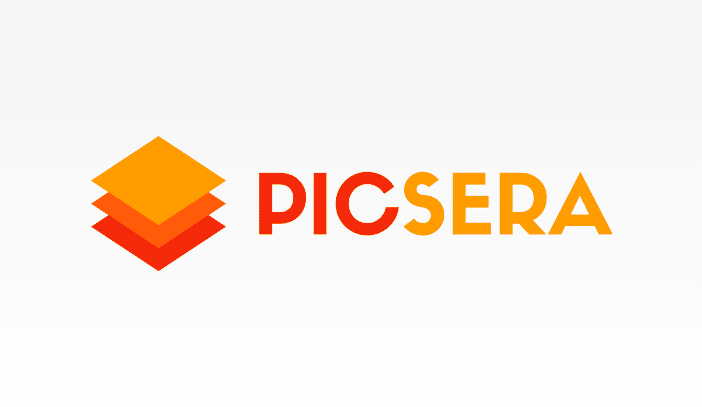
Outsource Photo Editing Services
Picsera offers photo editing and retouching, so you can focus on your business instead. Spend a fraction of the cost, time, and effort of photography with Picsera. Click here to find out more.
Types of Editorial Photography
Editorial photography is essentially for storytelling. It is used in various niches.
A. The Various Sub-genres of Editorial Photography
The following are the main sub-genres of editorial photography:
- Fashion Editorial
- Lifestyle Editorial
- Travel Editorial
- News Editorial
- Sports Editorial
B. The Unique Characteristics and Goals of Each Type of Editorial Photography
1. Fashion Editorial
Fashion editorial focuses on capturing photographs of people in the latest fashions. You’ll see fashion editorial photography in online media, newspapers, and magazines.
Fashion editorial photographers must work quickly. Their main strengths include thinking on their feet and being prepared for anything. In addition, they must be extraordinarily efficient to capture the perfect moment.
The emphasis in fashion editorial is on the surroundings and the overall look. Dramatic eye makeup is used to highlight the eyes of the model.
Since adequate illumination is crucial, multiple illumination sources will need to be used. The goal is to enhance the dramatic tone of the photograph, and lighting is the chief component in achieving this.
2. Lifestyle Editorial
Lifestyle editorial focuses on capturing people in day-to-day, real-life situations but in an artistic sense. The goal of a lifestyle editorial photographer is to produce stunning results that bring to life the style and personality of the subject, subjects, a couple, or even a family.
Some examples of lifestyle editorial include a child riding a bicycle to school, young children playing on the street, a woman hanging clothes on a line to dry, and a man sitting on a bench in the park reading a book. All these images capture the ordinary elements of everyday life.
Bringing ordinary moments to life and depicting them like in a movie takes immense creativity. The elements of lifestyle editorial are the elements of the life of the subject, subjects, couple, or family. Hence, it’s important to know them or their relationship dynamics well to truly capture their personality.
The photographer will need to delve deep to make a difference. The photographs will be special only when the photographer knows their subject well.
3. Travel Editorial
A travel editorial photographer will capture the natural beauty and vibrant culture of a travel destination. By using a blend of wide-angle shots, they will highlight the breathtaking spectacles and close-up images that convey the friendliness and hospitality of the chosen locale.
The goal of travel editorial photography is to transport the viewer to their desired paradise. Travel photographers bring words to life by merging storytelling with their incredible photography.
A travel editorial photographer strives to create visual content that portrays a travel destination honestly and creatively. Their work must embrace authenticity and explore the road less traveled. Viewers must be able to connect visually with the images.
A travel editorial photographer must explore a place thoroughly before capturing its many features, such as places of interest, markets, nightlife, architecture, restaurants, and regular events.
4. News Editorial
News editorial photography means photos connected with time-sensitive news events based on conventional news values such as human interest, timeliness, consequence, proximity, conflict, and prominence.
Readers decipher visual information better and faster than they decipher text. That’s the reason they say, “A picture speaks a thousand words.”
The goal of news editorial images is to tell or support a story. A photographer can face potentially volatile situations when capturing new editorial photos.
Examples of news editorial events include weather, accidents, fires, meetings, and conventions. A news editorial assignment will give the photographer only one chance to get the most relevant photos. It won’t be possible to revisit the spot and do it again. Hence, their equipment must be light, and they must be prepared to take photos at short notice.
5. Sports Editorial
Sports editorial photographers cover sporting events such as tennis, golf, hockey, or rugby. They specialize in capturing photographs of a specific sport, like boxing, football, or cricket.
In the realm of sports editorial, timing is everything. A sports photographer will need to sharpen their expertise in capturing vital split-second moments.
The photographer must have deep knowledge of the sport and also have a natural interest in it. For instance, a photographer at a tennis match will realize the importance of clicking a photograph at the right instant to not miss a player serving an ace or making a crucial return of serve.
Sports editorial covers all sports and sporting events. Shooting moving subjects needs great focus. Photographers will need premium equipment to cover a fast-paced sporting event.
The Role of Editorial Photographers
A. The Responsibilities of Editorial Photographers
The main responsibilities of editorial photographers include:
- Storytelling mastery and conveying the message through compelling images.
- Ensure subjects are portrayed ethically and respectfully.
- Use the power of visual storytelling to influence public opinion in a positive manner.
- Highlight the strengths, challenges, and triumphs of the subject in an honest and unbiased manner.
- Avoid distorting the truth or misleading viewers.
- Uphold the values of truthfulness, ethics, consent, and privacy.
- Maintain ethical standards by not indulging in digital manipulation.
- Stay vigilant and informed, and refrain from fake news.
Desist from copyright infringement and misuse of intellectual property rights
B. The Skills of Editorial Photographers
The major skills of editorial photographers include:
- Having a superlative understanding of lighting, composition, and exposure.
- Having a keen eye for storytelling and capturing vital moments.
- Capturing visually captivating images and mastering post-processing techniques.
- Networking and developing a personal brand.
- Staying updated with industry trends.
- Sharing work portfolio on business websites and social media.
- Cultivating trust and credibility by delivering high-quality work.
- Diversifying skills and embracing technological advancements.
- Working under tight deadlines and unpredictable conditions.
Key Elements of Editorial Photography
A. Composition and Framing
Composition is how the elements of an image interact, and framing is the method by which you compose an image, in which you draw the focus to a subject.
The Rule of Thirds
The rule of thirds indicates dividing your photo into three uniform horizontal sections and three uniform vertical sections, as shown in the image below.
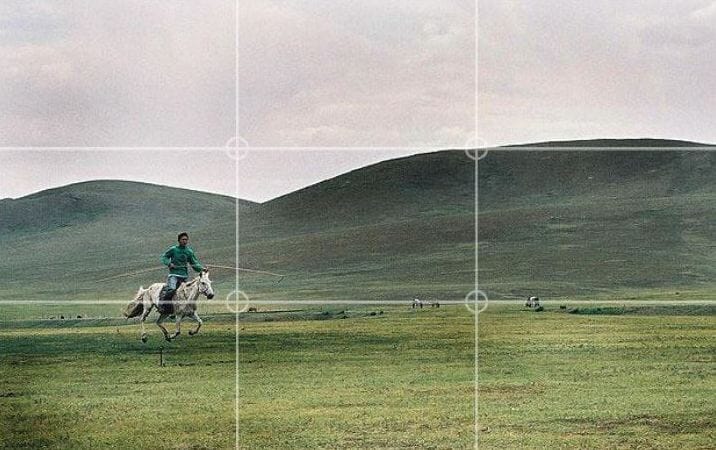
You can see two lines running from top to bottom and two lines running from left to right. Look at the points where these lines intersect. The main subject should be placed on one of these points.
Leading Lines
When you look at a photograph, your eyes are naturally directed to the lines within it. As a result, you tend to follow these lines to see where they go.
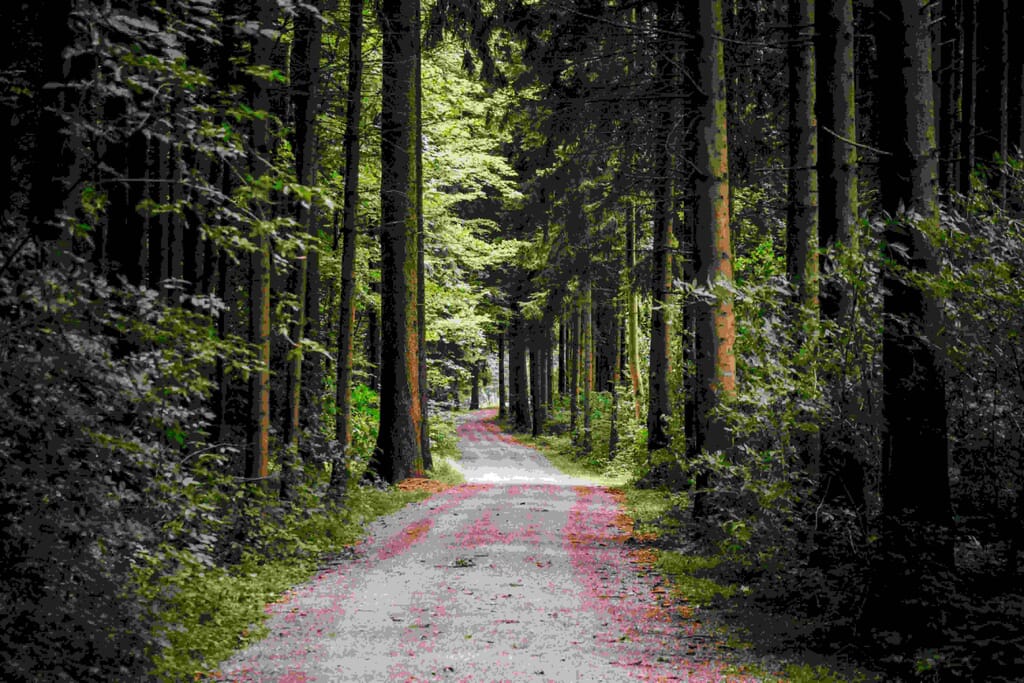
In the photo above, the lines are “leading” your gaze through the photo. The vertical lines draw you to the path and also give a sense of order.
How Does Framing Enhance the Narrative?
Framing brings context to a fleeting moment, helping you to communicate your narrative. Typically, the subject is isolated from the rest of the image using natural elements existing in the image.
Framing creates a visual boundary around the photographed subject or scene. It highlights certain elements, directing the viewer’s gaze to specific details. Framing also adds depth and context to a photo.
B. Lighting
The Significance of Natural Light and Artificial Lighting
Natural light offers depth and quality to photographs that can be difficult to recreate with artificial light. However, with artificial light, it’s easier to add drama, create a mood, or emphasize specific elements of the design.
Artificial light also gives you better control over the direction, intensity, and color of the light compared to natural light. Regardless of the light source, whether it’s natural or artificial, it’s all about how you use it that truly makes your photograph stand out.
Useful Tips for Using Light to Create Mood and Atmosphere
The position and quality of light will drastically affect the tone, clarity, and emotion of a finished photo. Note how the light bounces off of the subject’s edges and shadows. Based on your observation, improve your craft by making optimal use of the available light.
Your lighting decisions will depend on what you’re shooting—still life, landscape, or portrait. The mood you desire to convey and the features of your subject also play an important role.
While soft light tends to smooth over minor imperfections, harsh light will draw attention to non-flat surfaces and sharp angles.
Natural light is ideal for happy or melancholic images. It’s better to use artificial light to create a relaxed and flattering mood in your images.
C. Subject and Context
How Do the Subject and Context Interact in Editorial Photography?
You must include the surroundings of your subject and other interrelated objects when they complete the story your photograph is telling. That is, the surroundings and other objects give your photograph context.
Context denotes anything in a specific scene, other than the subject, that affects the meaning of the photograph. You can think of objects that give context as important elements of your photograph, without which it will not be complete.
For instance, consider the photograph of the smiling woman below. Although this picture may draw attention, it is incomplete. The viewer may wonder about the reason for the happy expression on the subject’s face.
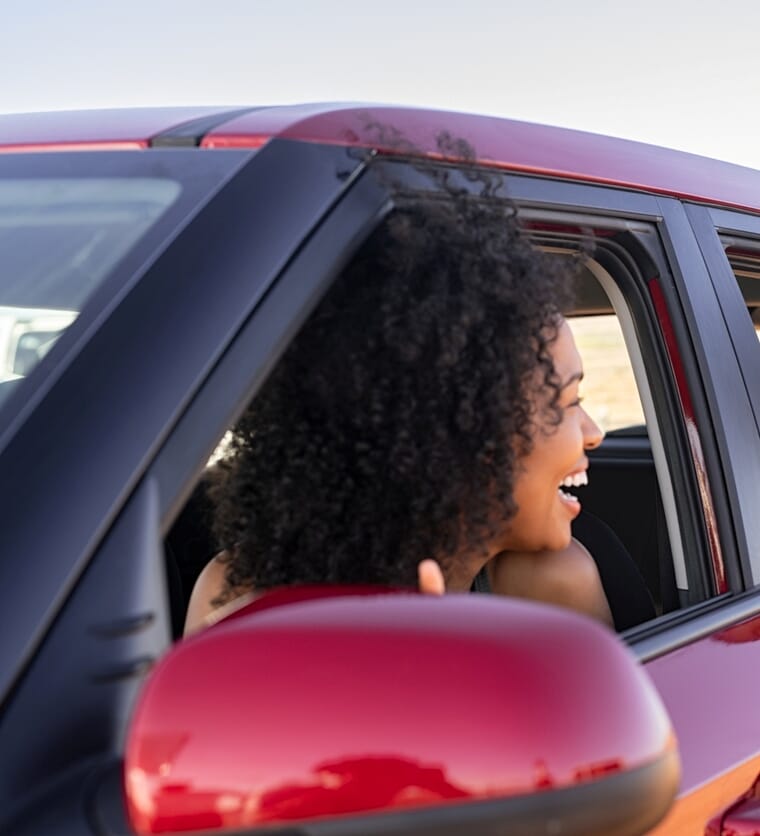
By including the woman’s daughter in the composition below to give it context, the woman’s happy expression is explained.
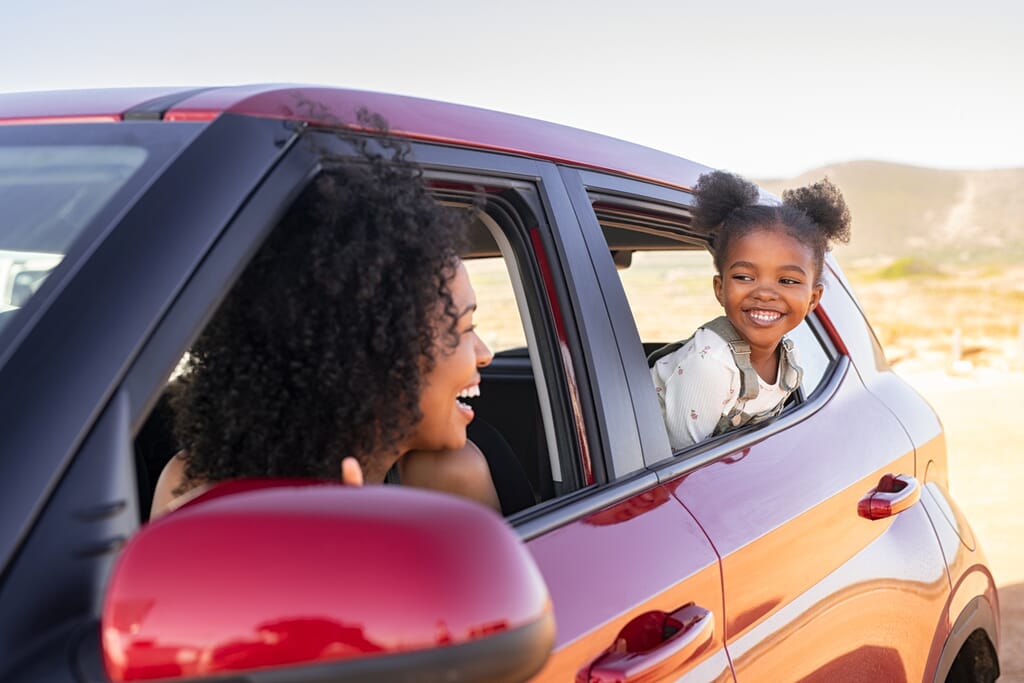
The Importance of Research and Understanding the Story
Editorial photography is essentially storytelling photography—your images tell a compelling narrative. The images captivate viewers and engage them, making them connect with your story.
Hence, before you begin, you must research and try to understand the story from different perspectives. Imagine you need to capture a newsworthy event—such as a ceremony, protest, or even a political rally.
You must do your homework and make sense of the event from various angles before you arrive on site. Research the key players, find out about the scheduled activities, and understand the main objective of the event.
After your arrival, engage with different people involved in the event. Speak with them, listen to their viewpoints, and gain different perspectives.
Evaluate this valuable information. Now, focus your photography to narrate the story from all angles. Capture essential elements, ensuring your story is not one-sided. Shoot a series of images and strive to present a neutral account.
When you understand the story from multiple angles, it’s easier to create a compelling visual narrative that viewers grasp effortlessly.
D. Timing and Moments
The Art of Capturing Decisive Moments
The concept of decisive moment involves a photographer waiting patiently for the perfect emotion, gesture, composition, and timing to come together to capture the perfect image.
Capturing the precise moment when a subject’s expression and gesture are just right is challenging. However, being patient and observant can be helpful.
Henri Cartier-Bresson was renowned for his uncanny ability to capture the decisive moment with a single click. He popularized decisive moment in 1952. He believed that a photo should be an authentic reflection of the natural world.
How Does Timing Contribute to the Narrative?
Timing is everything in editorial photography. Photographers are constantly struggling with when to press the shutter release button. It boils down to seizing that perfect moment.
Timing plays a crucial role in capturing an unforgettable image. It could be the fleeting emotion on a person’s face or the split-second a bird takes flight. Timing can make or break your photograph.
Your photograph becomes more valuable when it’s tough to replicate that magic moment. Hence, patience can be your greatest asset if you are serious about getting the timing right.
When you wait for that precise alignment of elements, your photo will stand out among thousands of near-misses.
The Advantages of Different Equipment Choices for Specific Situations
When you shoot for editorial purposes, you must use the right equipment.
A premium camera and lens will deliver high-quality images consistently. Hence, as a professional editorial photographer, you must own at least one DSLR to shoot RAW image files with practically no noise or distortion. It will be easier to focus precisely on the subject while you still retain maximum detail in all areas—both light and dark—of an image.
The best type of lens for most editorial work is a wide-angle lens because it can capture more detail compared to a standard zoom or telephoto lens. When you shoot in low-light conditions, it’s best to use a fast prime lens with a low chromatic aberration, distortion, and vignette. This will ensure you produce exceptional pictures in situations where other photographers might struggle.
Always keep two lenses in your photography kit—one for landscape photography and another for portrait work. Most of the assignments you get will be at short notice involving both types of work.
Having the right equipment at hand will ensure you deliver splendid results on time, even when it’s out of your comfort zone. But remember, having the best photography gear does not mean you’ll capture the best photographs. You must know how your camera works, select the optimal settings and understand how to use light to your advantage.
Techniques and Tips: Practical Tips for Aspiring Editorial Photographers
1. Building Rapport with Subjects
The essential part of an editorial photographer’s toolkit is chatting with your subject/s and making them feel at ease. It’s crucial to build a positive rapport, and there are several ways you can do this.
One of the best ways to break the ice is to ask the subject/s about themselves. Converse naturally and find out their interests.
Share some of your own interests, tastes, and experiences. For instance, you can talk about your hobbies, travel experiences, pets, musical tastes, star sign, etc.
The secret to building rapport with subjects is finding commonality, as it can take down defenses—theirs and yours, both conscious and unconscious.
2. Using Props and Styling to Enhance Storytelling
Props can enhance storytelling when every prop you include in your photograph says something about the subject/s. Props must be helpful in identifying the subject within your story.
For instance, red roses are associated with love and romance. Similarly, potted plants can enliven an indoor location. Likewise, weapons symbolize violence.
Styling is more subtle. You don’t simply throw some favorite things together and hope for the best. Styling is more about evoking a particular mood or feeling. You use visual elements to create a story.
The primary purpose of styling is intention. You must consider the idea you want to get across and the message you want to share.
Select the most appropriate objects and elements that will contribute to your overall idea. Also, consider whether your image is properly grounded. Check if there is a sense of flow and it feels authentic.
3. Maintaining a Consistent Style and Voice
Storytelling goes a long way in creating an emotional connection with your target audience and making your photographs more memorable. Hence, maintaining a consistent style and voice in editorial photography is crucial because it creates credibility, personality, and authenticity.
Since editorial photography is mostly freelance work, the major problem for most editorial photographers is that their work is too varied to stick to one specific style. Editorial projects are too varied and don’t allow them to stay in one particular visual comfort zone.
As you learn new techniques, your style and voice are bound to change. But maintaining consistency is still important, as it enables you to show your potential clients your unique style.
4. Incorporating Diverse Perspectives and Angles
Exploration and experimentation are vital elements of editorial photography. You need to incorporate diverse perspectives and angles to a certain idea. To do this effectively, apply your own creative style. Only then can you translate a story visually.
Over time, you’ll have a clear idea of the type of stories you like to capture. You will also develop your favorite lighting scenarios. Soon, you will see that when you put together diverse perspectives and angles, your photographs will take on a new life!
Post-production in Editorial Photography
A. The Role of Post-Processing in Enhancing Editorial Images
When editing editorial photographs, retouchers and photo editors should focus on preserving the authenticity and integrity of the image while enhancing its visual appeal and storytelling impact. Here are the key considerations to keep in mind:
Maintain Authenticity:
- Retain the essence of the original image. Avoid over-editing that makes the subject appear unrealistic or overly polished.
- Respect the photojournalistic aspect of editorial photography, where truth and accuracy are paramount. Do not manipulate content to convey a false narrative.
Consistency with Style and Mood:
- Ensure that the editing style aligns with the overall theme and mood of the editorial piece. Consistency is essential for conveying a coherent narrative.
- Use color grading and tonal adjustments to set the desired emotional tone and atmosphere of the story.
Retouching Subjectively:
- Retouch skin and imperfections on the subject subtly, aiming for a natural look. Avoid excessive airbrushing, which can make subjects look plastic or unrealistic.
- Retain individuality and character in the subject’s appearance.
Enhancing Composition:
- Adjust cropping, framing, and alignment to improve the composition and visual flow of the image.
- Remove distracting elements or clutter from the background to draw focus to the main subject
Balancing Exposure and Contrast:
- Ensure that the image has balanced exposure, with no areas that are overly blown out (overexposed) or too dark (underexposed).
- Adjust contrast to emphasize or de-emphasize specific elements within the photograph.
Color Correction and Grading:
- Correct color balance to ensure accurate representation of the scene and subjects.
- Experiment with color grading to evoke specific emotions or reinforce the story’s narrative.
Dodging and Burning:
- Use dodging (brightening) and burning (darkening) techniques to selectively enhance or de-emphasize areas within the image.
- This can help direct the viewer’s attention to key details or create depth and dimension.
Maintaining Texture and Detail:
- Avoid excessive noise reduction or sharpening, as it can result in a loss of texture and detail in the image.
- Retain the texture of clothing, skin, and other elements to maintain a natural appearance.
Cropping and Aspect Ratios:
- Adjust the aspect ratio if necessary to fit the editorial layout while preserving the essence of the composition.
- Crop with care to avoid cutting off essential elements or altering the context.
Ethical Considerations:
- Be aware of ethical concerns related to image manipulation, such as altering the meaning of a photo, misrepresenting subjects, or invading privacy.
- Ensure that edits respect the dignity and rights of individuals portrayed in the image.
Collaboration and Feedback:
- Collaborate with the photographer or editor to understand their vision for the image.
- Be open to feedback and iterate on edits as needed to achieve the desired result.
Final Quality Check:
- Perform a final quality check to make certain that the image meets editorial standards, including resolution, color profiles, and file formats.
By focusing on these considerations, retouchers and photo editors can enhance editorial photographs while maintaining their authenticity and storytelling impact.
B. The Best Software and Techniques for Editing While Preserving Authenticity
- Adobe Lightroom Classic: Number One photo editing software.
- Capture One Pro: Best photo editing software for a team of professionals.
- Affinity Photo: Low-cost photo editing software.
- Skylum Luminar Neo: Best AI use to enhance images.
- Movavi Picverse: Cost-effective photo editing software.
- Corel PaintShop Pro: Advanced AI-powered tools for editing images.
- CyberLink PhotoDirector 365: Top AI-enabled photo editing software.
- DxO PhotoLab: Best software for editing RAW images.
- ACDSee Photo Studio Ultimate: Top Windows-based photo editing software.
Ethical Considerations
A. Ethical Concerns in Editorial Photography, Such As Consent, Privacy, and Truthfulness
In photojournalism, obtaining consent from the photographed individuals is of utmost importance, especially when the photos are used in sensitive contexts. Therefore, it’s best to obtain written or verbal consent from your subjects.
The importance of maintaining privacy and confidentiality when photographing culturally or politically sensitive issues need not be stressed. Due consideration for privacy should also be given when photographing minors.
Publishing graphic images can result in distress to subjects and audiences alike. Hence, it’s crucial to strike a balance between truthfulness and sensitivity.
B. The Importance of Maintaining Journalistic Integrity
Photo manipulation distorts reality and erodes journalistic integrity. Therefore, editorial photographers must avoid altering photos and strive to preserve truth and objectivity.
Other essential features of photojournalism include providing contextual accuracy and fair representation. For instance, misleading captions can result in inaccurate reporting. So, the best way to ensure comprehensive storytelling is to avoid misrepresentation.
In international photojournalism, editorial photographers must also respect cultural norms and customs. They must scrupulously avoid images that might offend or misrepresent communities.
Inspiring Examples and Photographers
A. Iconic Editorial Photographs and Their Impact
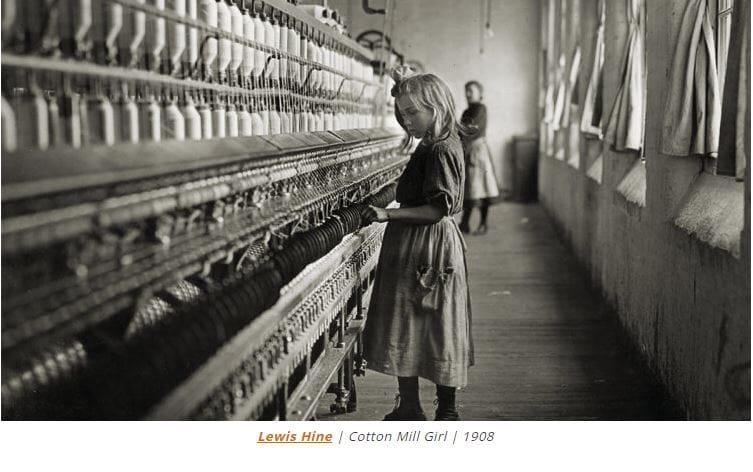
Although the National Child Labor Committee was established in 1904, it was believed that seeing this powerful image of child labor would motivate the citizens to demand change.
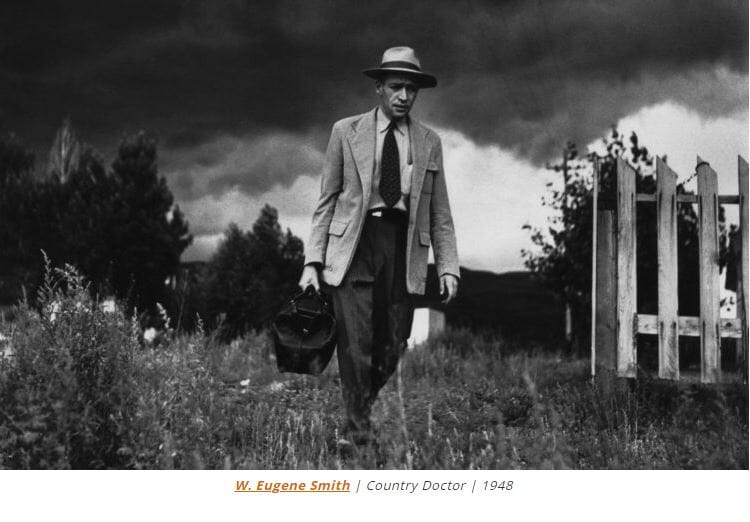
This photo was taken after Eugene Smith had spent more than three weeks with the subject. Smith wanted to see the world from his subjects’ perspective and for the people looking at his photograph to do the same.
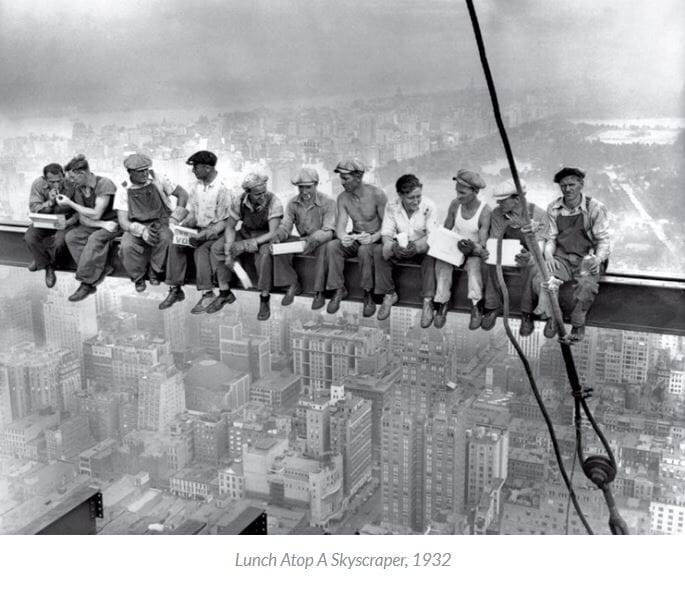
This photograph is a daring publicity stunt high above 41st St. in Manhattan by 11 ironworkers having lunch on September 20, 1932. These men were habituated to walking along the girders of the building. It’s one of the most iconic photographs from the Big Apple.
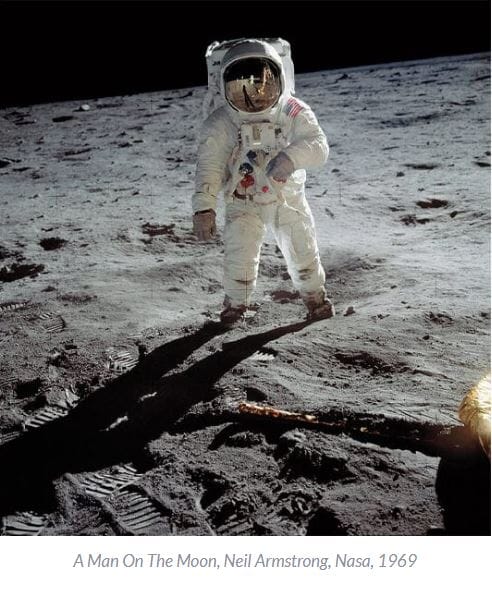
This photograph is rightly considered as one giant leap for humankind. It was the result of President Kennedy’s endeavor to ensure a man stepped on the moon by the end of the decade.
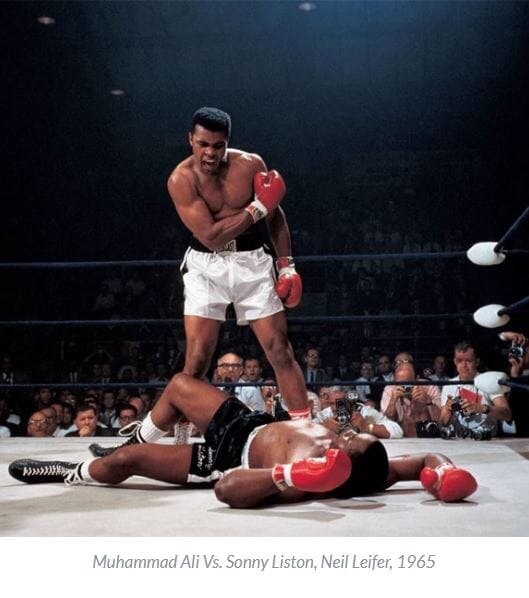
This photograph is considered the greatest sports photo of the century. This iconic photo shows the power of Muhammad Ali, the most respected athlete in the country in the 1960s.
B. Renowned Editorial Photographers and Their Contributions to the Field
1. Eve Arnold (Apr 21, 1912 – Jan 4, 2012)
2. Henri Cartier-Bresson (Aug 22, 1908 – Aug 3, 2004)
3. Robert Capa (Oct 22, 1913 – May 25, 1954)
A war photographer, he captured photographs of some of the most brutal battles. Across Europe, his work covered the Second World War and the Spanish Civil War.
Robert Capa’s iconic photographers include the 1944 Normandy Invasion. Some of his action photos portray compelling acts of violence in war.
4. Peter Linderbergh (Nov 23, 1944 – Sep 3, 2019)
Courses and Workshops to Learn More about Editorial Photography
- Udemy.com Photography Masterclass: A Complete Guide to Photography
- Udemy.com Chris Parker’s The Photography Masterclass: Complete Course on Photography
- Creative Live Fundamentals of Photography
- Class Central Wedding Photography Tutorials
- Class Central Photography Tutorials
Conclusion
Knowing and understanding the basic rules of composition will bring you closer to mastering the art of capturing the perfect moment. When you capture a moment flawlessly, the resulting photograph provides much more than precious memories.
While Henri Cartier-Bresson’s quote, “Your first 10,000 photos are the worst,” might seem overly harsh, remember, you can achieve perfection only from practice.
Need help with editing photos? Let us do the work for you. Start your FREE trial today!

Picsera was founded in 2014 by David Sinai, a serious ameteur photographer who spent the first 20 years of his career working in the financial technology space. With a track record of building innovative solutions and working with offshore partners, David started Picsera to help photographers work more efficiently by enabling them to outsource their image editing. With very affordable rates and incredibly fast turnaround times, photographers from a variety of industries (eCommerce, real estate, weddings and portrait studios) enjoy larger, more successful businesses while still maintaining more time for their families, friends, and hobbies. Today, David and his team at Picsera assist all kinds of content creators with 3D modeling and rendering and video editing. When David is not working you’ll find him spending time with his family, mountain biking, or capturing landscapes throughout South Florida with either his pro cameras or drone.


